The traditional colors of China are an indispensable part of Chinese culture. These colors are not just simple visual elements, but also carry rich cultural connotations and historical backgrounds.
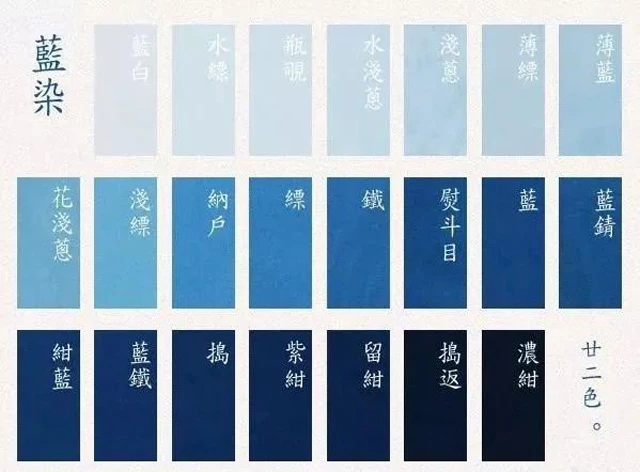
In traditional Chinese culture, each color has its unique symbolic meaning, and is closely related and complementary to many aspects. From architecture, clothing to painting, calligraphy, and even daily etiquette and festival activities, these traditional colors have been widely used and have become an essential element of Chinese culture. This article will explore the cultural connotations contained in traditional Chinese colors and their expressions in various fields.
01 What are traditional Chinese colors?
When it comes to colors, we naturally think of specific colors such as red, yellow, blue, and green, each with a fixed number. But when we look at traditional Chinese colors, we see names such as "Xuan (玄)", "Xun (纁)", "Piao (缥)", "Qing Dai (青黛)", etc. If there is no special color card, I believe that most people will be confused when they see these color names.
In fact, this is due to the different color order regulations between the East and the West. Western color culture pays more attention to physical properties and scientific theories, and tends to apply the principles of natural science to color.
The most typical example is the generation of the seven-color spectrum. Newton refracted white sunlight through a prism, decomposing it into red, orange, yellow, green, cyan, blue, and purple. Since then, physicists have begun to explore the scientificity of color, and therefore have come up with the three color properties of brightness, purity, and hue. Since there are color properties, colors should have their own attributes, and to facilitate memory, each color has been assigned a number.
In China, the traditional approach to color is based on concepts and emphasizes the imagery of color. The pursuit is to "the colors vary according to the type of objects" and "convey the mood with color," without a definitive concept. Therefore, ancient Chinese do not use hue, brightness, and purity to define color, but distinguished between primary and secondary colors.
Primary colors (Zheng Se, 正色) are the original colors, similar to the primary colors, and there are five of them: Qing, Chi, Huang, Bai, and Hei.
Qing (青,cyan), close to blue, sometimes referring to blue with green components.
Chi (赤, red) is equivalent to the modern hue of bright red. Its synonym is Zhu (朱, vermilion), but lighter. During the Zhou Dynasty, when dyeing with Chi color, it took three times to achieve the color Chi, and only on the fourth time did it become Zhu color. Therefore, the color Zhu is nobler than the color Chi.
Huang (黄, yellow) is similar to modern orange-yellow. However, ocher yellow is also one of the corresponding colors of ancient yellow because the central region of ancient China was located in the loess plateau, and the color of loess naturally became a reference. Moreover, due to the limitations of dyeing technology, most silk fabrics at that time were stored in ocher yellow color.
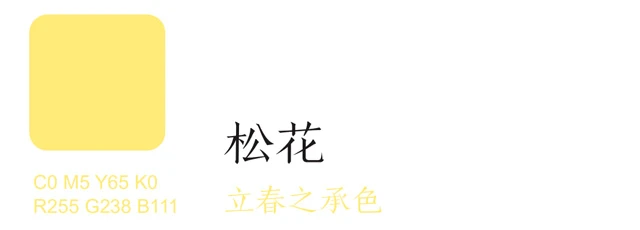
Bai (白, white) and Hei (黑, black) is the basic color among the five colors, which is no different from modern colors. The color of Xuan often mentioned in film and television dramas is also a kind of black, but it tends to be reddish black. When the horizon is about to rise, the color of the sky is Xuan.
Ancient Chinese people believed that these five colors were the purest and could only be extracted from nature. Any other color mixture could not be obtained. Therefore, these five colors are primary colors. The secondary colors are the results of the primary colors mixed according to the law of mutual restraint of the five elements.
However, since the secondary colors can also generate secondary colors, the number of secondary colors is very large. But because the secondary colors are not pure enough, their importance is low, and their use is not limited. However, it is precisely because of this that the colors in ancient China were so prosperous.
02 Cultural Connotations of Traditional Chinese Colors
In traditional Chinese colors, there are a large number of color names: Mei Ran (梅染, the color like dye by plum flower), Bao Shi (薄柿, the color light than persimmon), Luo Li (落栗, the color of the fallen chestnuts). These names are closely related to literary works. In order to describe vividly, literary works often create a large number of new words to express colors.
For example, to describe the color of the sky just before dawn, "Dong Fang Ji Bai (东方既白)". This word comes from Su Shi's "Ode to the Red Cliff". When the sky is not yet bright, the color of the whole sky is actually blue and white. This is both a natural phenomenon and the romantic and imaginative expression of the poet.
Similarly, there is "Mu Shan Zi (暮山紫)", which is also a color mentioned in poetry. There are hundreds of ancient poems that mention "Mu Shan Zi". It first appeared in Wang Bo's "Tengwang Ge Xu", when the sun is about to set, the smoke and mist are intertwined, and the sunset shines through, creating a purple haze. It is both a color and the poet's imagination.
In addition, the development of Chinese painting has also added to the traditional color naming system. Chinese painting values the beauty of materials the most. In order to ensure that the colors do not fade, painters will layer various pigments. With each additional pigment, several or even dozens of color names will be generated.
Since most of the raw materials for Chinese painting are derived from minerals and plants, ancient people were accustomed to naming colors using the formula "color name = the color inherent in the material itself + name of the substance as a modifier."
Generally, the following naming formulas are used:
Adjective + Basic Color
For example: Shen Hong (深红, dark red), Nen Lü (嫩绿, tender green), Ming Huang (明黄, bright yellow).
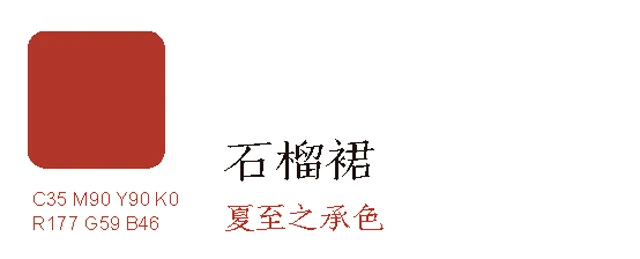
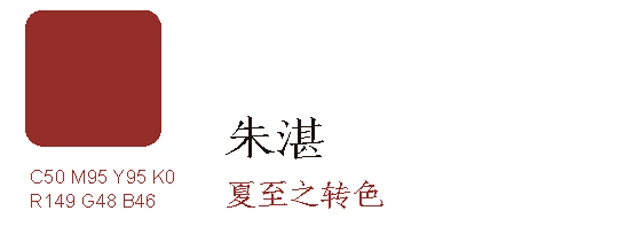
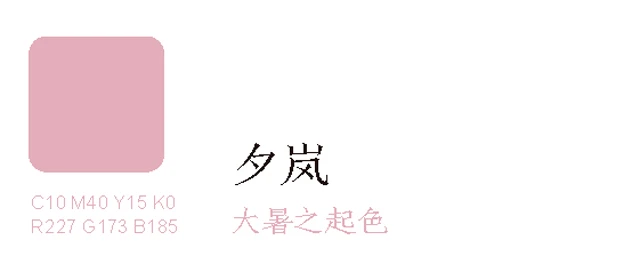
Proper noun + Basic Color
For example, Cong Lü (葱绿, scallion green), Ju Bai (菊白, chrysanthemum white), Ge Hui (鸽灰, pigeon gray), Ya Qing (鸦青, crow blue).
Basic Color + Basic Color
For example, Huang Lü (黄绿, yellow-green), Dai Lan (黛蓝, indigo-blue), Cheng Huang (橙黄, orange-yellow), Qing Hui (青灰, cyan-gray).
Adjective + Proper Noun + Basic Color
For example, Jin Cha He (金茶褐, gold tea brown), Shen Dan Qing (深蛋青, dark egg blue), Nen Cong Lü (嫩葱绿, tender scallion green), Lao Zhu Lü (老竹绿, old bamboo green).
03 The Rules of Traditional Colors in Ancient China?
In China, colors are not only used for decoration, but also represent hierarchical divisions. Since the primary colors are the purest, they symbolize nobility and authority, and are exclusive colors of the royal family. The secondary colors have a lower status than the primary colors and are the colors of ministers and nobles. The common people can only use colors with relatively low saturation.
During the Tang Dynasty, yellow reached its peak and symbolized authority and divinity. Only the emperor could wear yellow clothes, and ordinary people were forbidden from wearing yellow, otherwise they would be punished.
At the same time, the Tang Dynasty also made clear rules for the clothing levels of officials. Officials of rank three or higher could wear purple, officials of rank five or higher could wear scarlet, officials of rank six or seven could wear green, and officials of rank eight or nine could only wear blue. Ordinary people could only wear brown, black or plain coarse cloth.
However, it is not necessarily the case that the most noble color of each dynasty is one of the five primary colors. For example, the color of Xuan and Xun are even more noble than the five primary colors.
As mentioned before, "Xuan" is the color of the sun before it rises above the horizon, and "Xun" is the afterglow of the sun reflecting below the horizon after the end of the day, not a pure yellow or red, but an interweaving of red and yellow. In most dynasties, the color combination of Xuan and Xun was the most important ceremonial dress for emperors during sacrificial ceremonies, reflecting a reverence for heaven and earth.
Another example is the luxurious purple. Purple has never been one of the five primary colors, but its status has always been high, such as the Forbidden City's other name: "Purple Forbidden City".
The ancient Chinese color hierarchy can actually explain many phenomena. For example, why did ancient China like to use the color combination of red and green? Traditional Chinese color hierarchy is distinct, with clear prohibitions. The proper colors could only be used on emperors, while ordinary people could only use inferior colors. Only during festivals, weddings, and funerals could the prohibitions be lifted. Therefore, ordinary people could only use pure and bright proper colors on small-scale decorations and crafts, and opportunities to use proper colors on a large scale and for a long time were very rare.
In contemporary China, there is no longer a color prohibition, and people can use colors freely. Therefore, the pursuit of proper colors, which represent high-level and beautiful original colors, is released subconsciously. As a result, the use of bright red and green began to be used recklessly, but because of the lack of experience in using them on a large scale and for a long time, there are relatively few successful cases.
Aesthetics is a context and a discourse power. Traditional Chinese colors have given Chinese aesthetics the power of discourse. The ancient wisdom and beauty of the Chinese language are all condensed in these words for thousands of years.
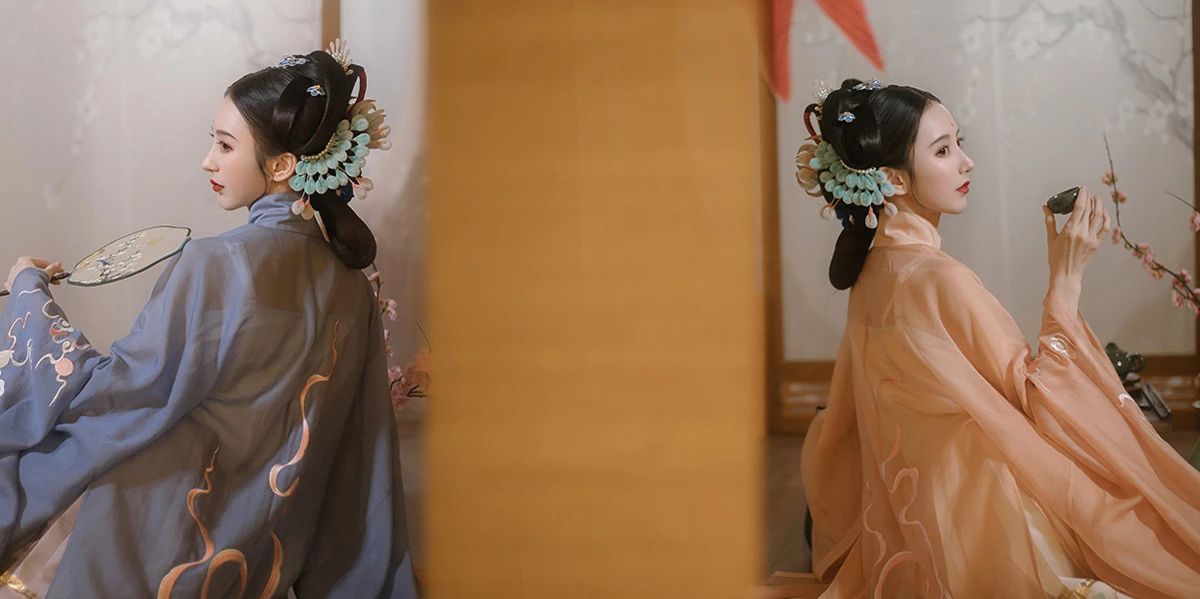
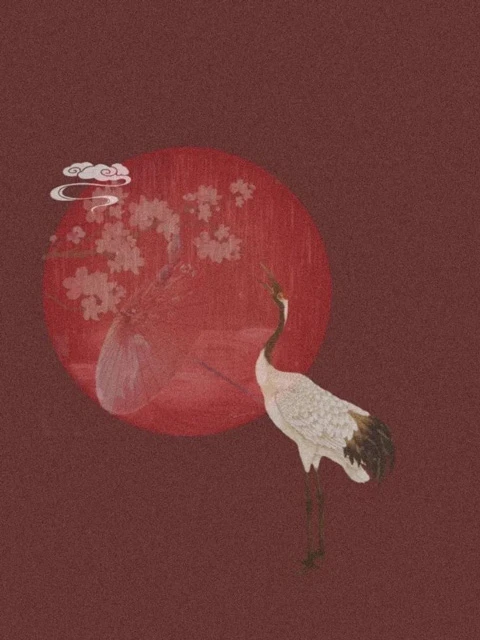
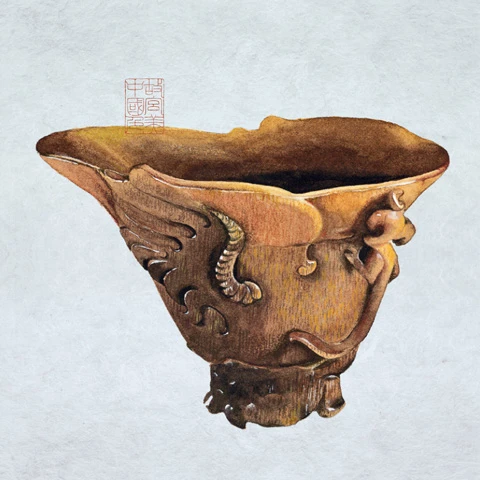
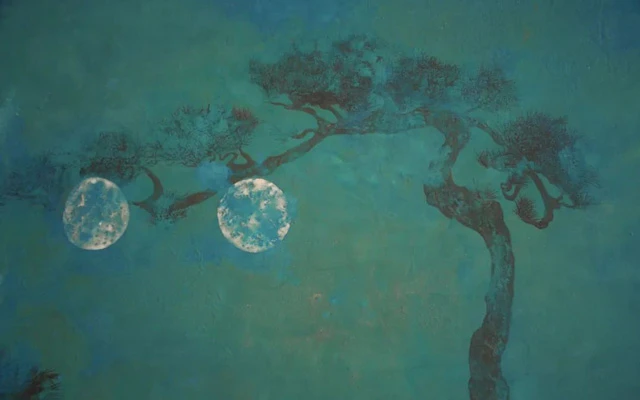
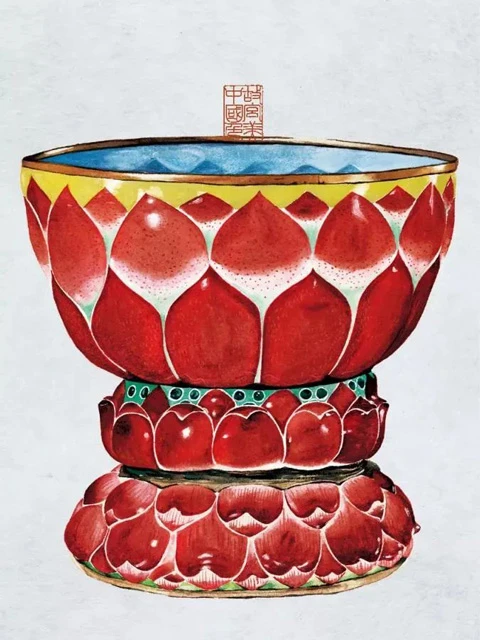
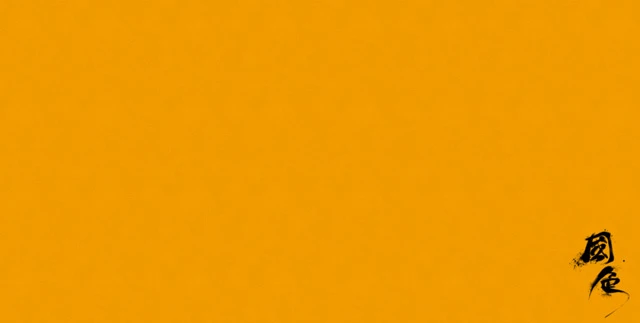
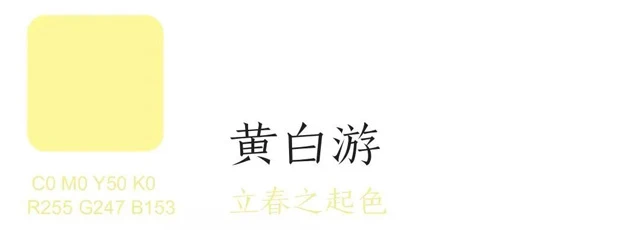
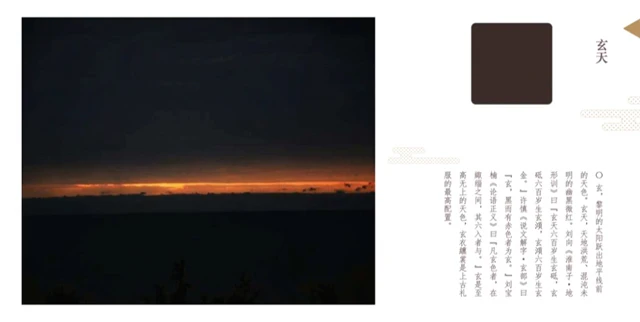
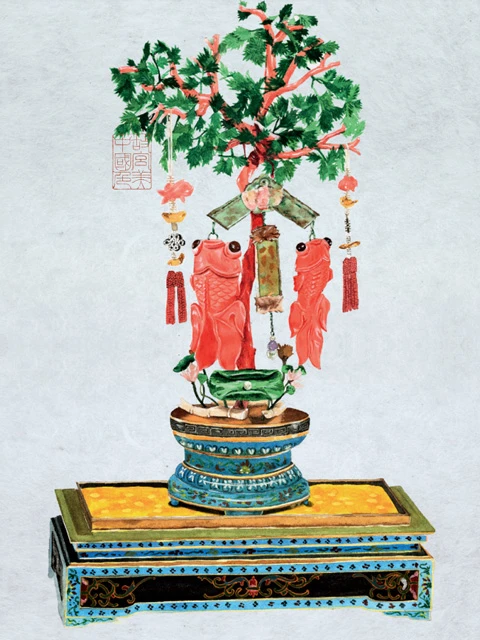
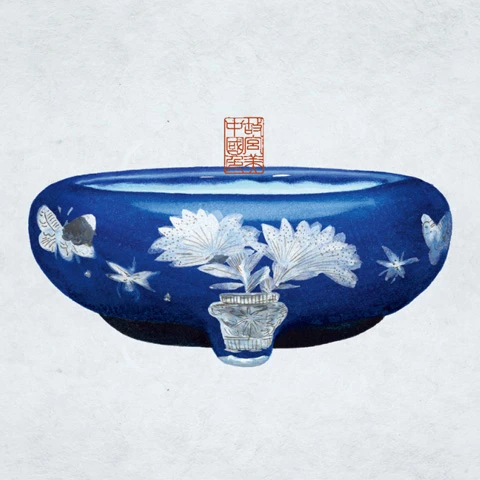
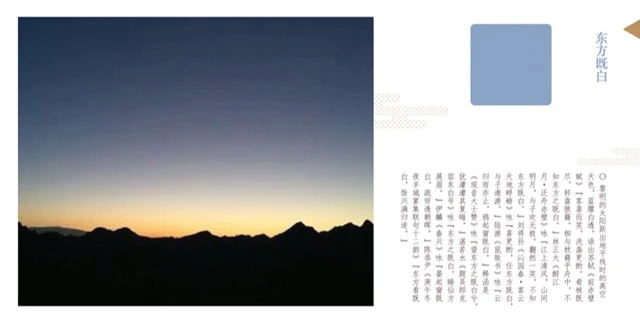
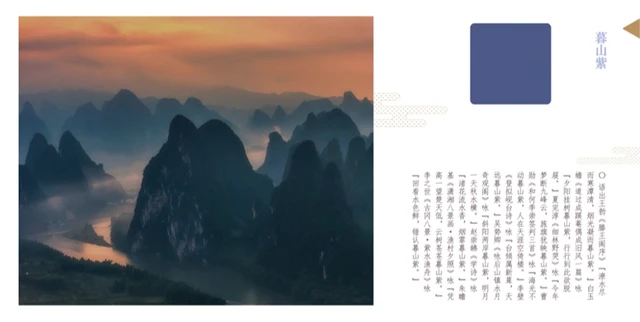

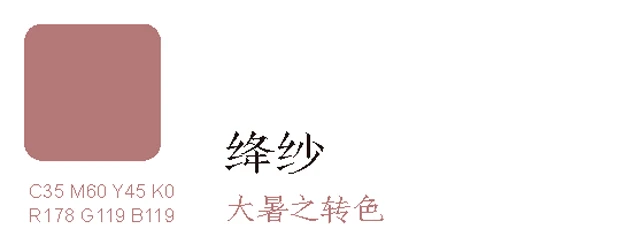
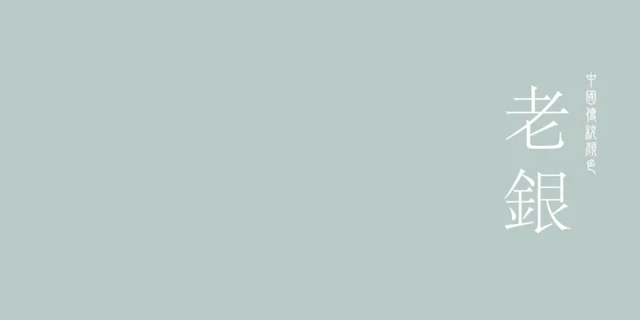


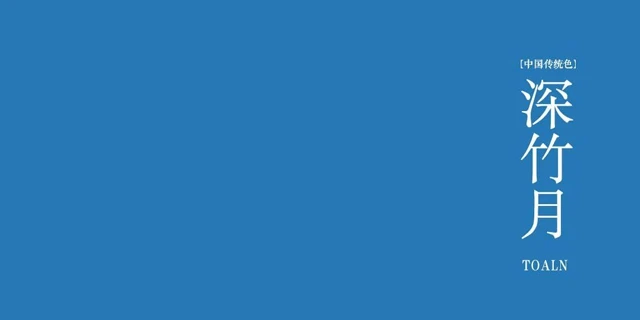
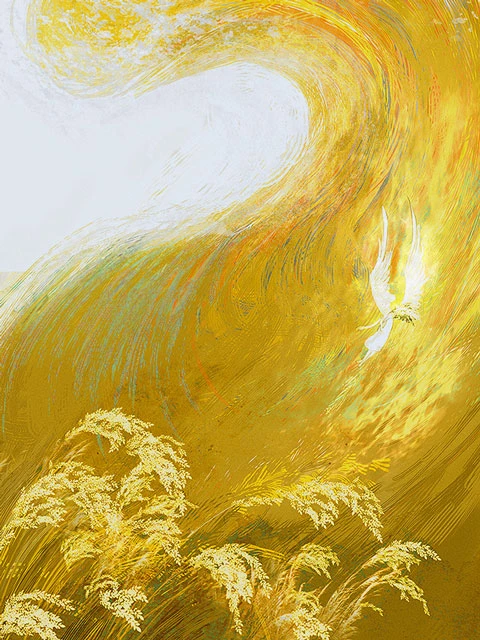
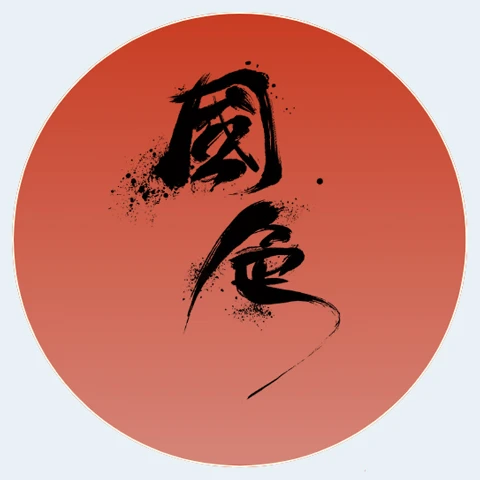
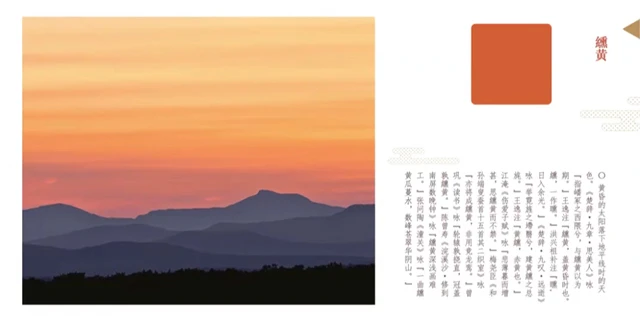
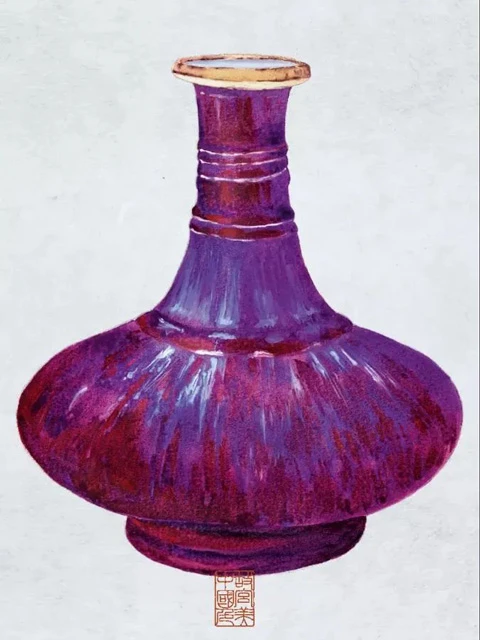
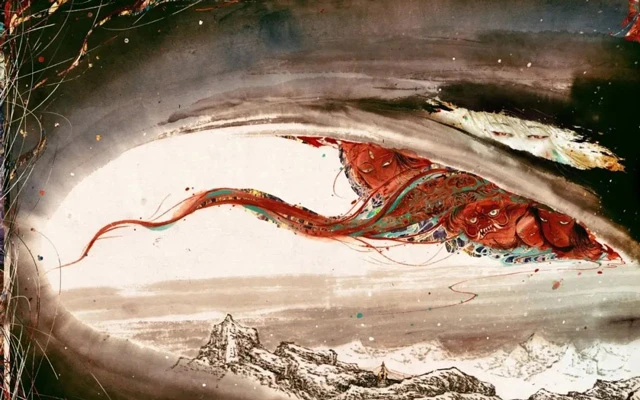


Wow, wow, wow! I knew that colors were important, but I had No Idea how rich and cool the history behind them was! I'm blown away by everything, but I gotta say that the practice of naming colors by combining the shade with the material it's associated with is So cool. Thank you for the knowledge!
Thanks for the article! Nice😍
Amazing 😍
Wow very uniqe
Thank you for articel
Clearly explained. Love the CMYK/RGB references. Useful.